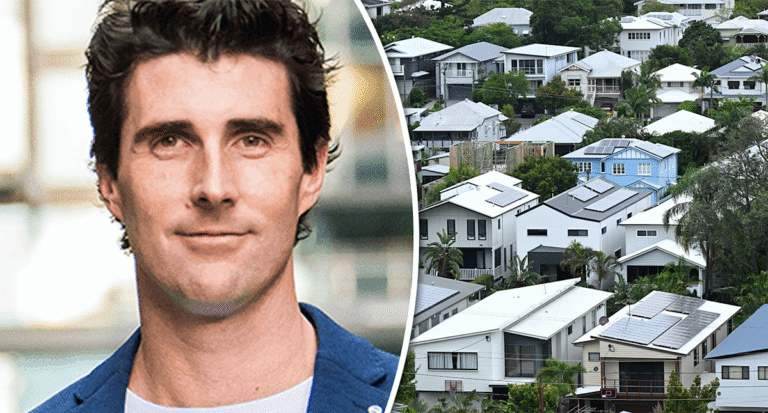Australia’s property market is in transition. Interest rates are falling, inflation is easing, and confidence is slowly returning but the uncertainty isn’t over.
As an investor, I’m not trying to time the market. Instead, I’m building a portfolio that can weather different conditions, not just chase the next upswing.
I’m sharing what’s worked for me.
Not as a blueprint for others, but as a reflection of the approach that’s helping me move forward in a shifting market.
RELATED
When I first started investing, I focused purely on residential.
But I’ve since realised that overexposure to any one asset class leaves you vulnerable especially when yields fluctuate or government policy shifts.
Now, I aim to maintain a balanced mix of residential, industrial, medical, and retail commercial properties.
My residential assets are typically growth-oriented, while my commercial properties provide stronger income.
Combined, this gives me both short-term cash flow and long-term wealth creation potential.
Economic cycles come and go, but some industries remain stable through it all.
That’s why I’m investing in medical and healthcare assets; properties leased to dentists, physiotherapists or GPs tend to remain in demand, regardless of what’s happening in the broader economy.
I’ve also focused on industrial properties tied to logistics and e-commerce.
These tenants have continued to grow, even during downturns.
In the retail space, I’ve stuck with essential service businesses, like grocery stores and pharmacies, rather than discretionary retailers more vulnerable to consumer sentiment swings.
These sectors aren’t immune to risk, but they do tend to offer more resilience than others when uncertainty strikes.
Another shift I’ve made is expanding my portfolio across multiple states and regions.
Early on, I learned that if all your properties are in one market, you’re exposed to its specific risks; vacancy, policy changes, economic slowdowns.
Now, I spread my investments between metro and regional areas, with a close eye on infrastructure investment and government spending.
Areas benefiting from new transport links, hospital upgrades, or economic zones often see steady uplift, not overnight gains, but sustainable, compounding growth.


